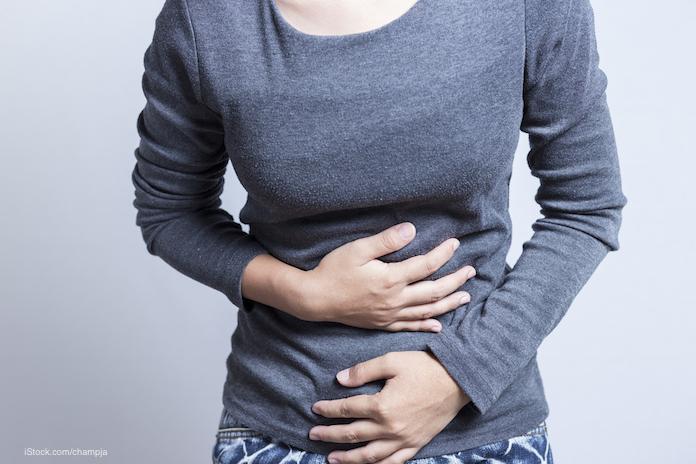We often tell you that there are 48,000,000 cases of food poisoning every year in the United States. But reported food poisoning cases, those that are diagnosed and that the government tracks, amount to only about 20,000 cases. Why are these numbers so different?
 Food poisoning cases are underreported. The outbreaks we write about consist of two or more unrelated people sick with similar symptoms, who have been diagnosed with medical tests. The bacteria that made them sick are tracked and “finger printed” with pulsed field gel electrophoresis (PFGE) tests, and the food that contained the pathogens is often identified through traceback and epidemiologic work.
Food poisoning cases are underreported. The outbreaks we write about consist of two or more unrelated people sick with similar symptoms, who have been diagnosed with medical tests. The bacteria that made them sick are tracked and “finger printed” with pulsed field gel electrophoresis (PFGE) tests, and the food that contained the pathogens is often identified through traceback and epidemiologic work.
Many people who do get food poisoning think they have something else, from the “24 hour flu” to food allergies. And most people who have a foodborne illness don’t get sick enough to see a doctor; they just suffer through it. But some foodborne illnesses can have lifelong complications if the person doesn’t get medical attention.
Most people mistakenly believe that the last food they ate was the culprit in their illness. Foodborne illness usually takes a few days to manifest, and Listeria infections can actually take up to 70 days to appear after infection. If you do have symptoms of a foodborne illness, see your doctor.
Symptoms of foodborne illness, such as vomiting, diarrhea, headache, and fever mimic other illnesses. Symptoms that are specific to food poisoning include double vision, dizziness, lethargy, and dehydration. In addition, watery and/or bloody diarrhea is a definite warning sign of a foodborne illness.
New tests are making the diagnosis of a foodborne illness easier. Culture independent diagnostic tests are used more often in labs. The problem with those tests, however, is that they don’t isolate the pathogen so it can be further studied.
The Centers for Disease Control and Prevention has a system that documents trends in foodborne illness called FoodNet. In 2013, the latest year for which data are available, the most frequent infection was Salmonella, with 38% of infections, followed by Campylobacter with 35%. The rate of Salmonella infections, which is 15.19 per 100,000 population, is above the Healthy People objective of 11.4 cases per 100,000 population.




